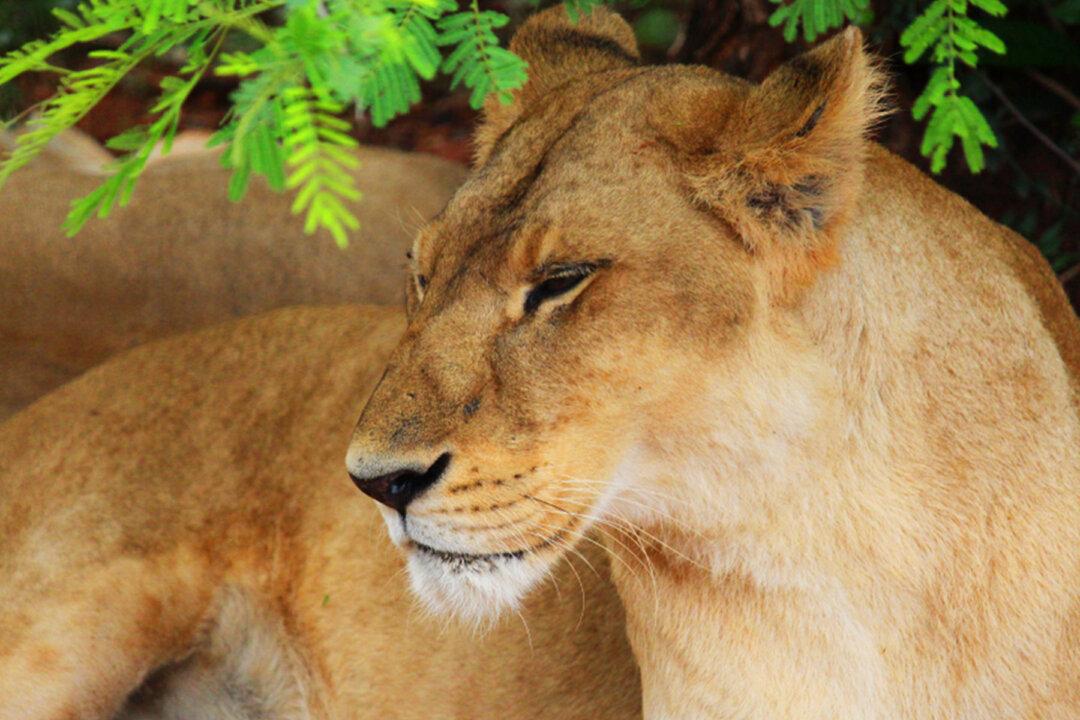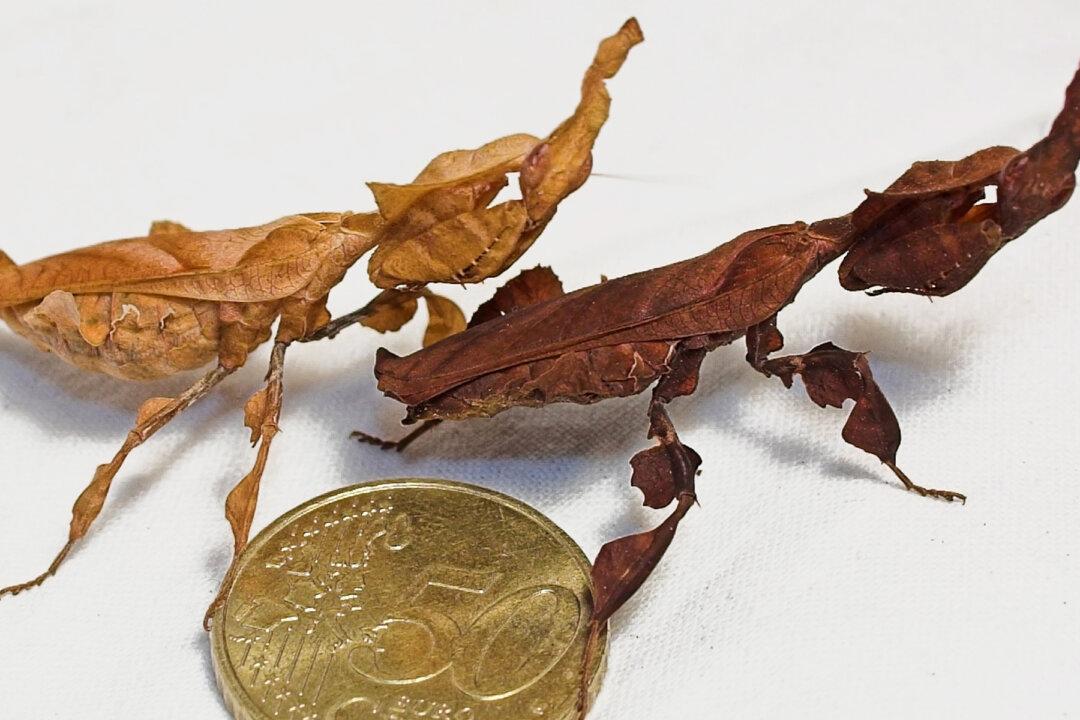The sabre-tooth tiger once roamed the earth in the Pleistocene period, spreading terror in the hearts of prehistoric humans, but the giant cats have been extinct for at least 12,000 years. However, modern cross-breeding between lions and tigers created hybrid “ligers” that have reached sizes comparable to those terrifying feline ancestors.
At the Myrtle Beach Safari in South Carolina, park owners Bhagavan Antle and his son Cody Antle have introduced the world to its largest cats in the world: the white liger Apollo, weighing 705 pounds (approx. 320 kg), and his uncle Hercules, an adult male liger that weighs a whopping 922 pounds (approx. 418 kg).




